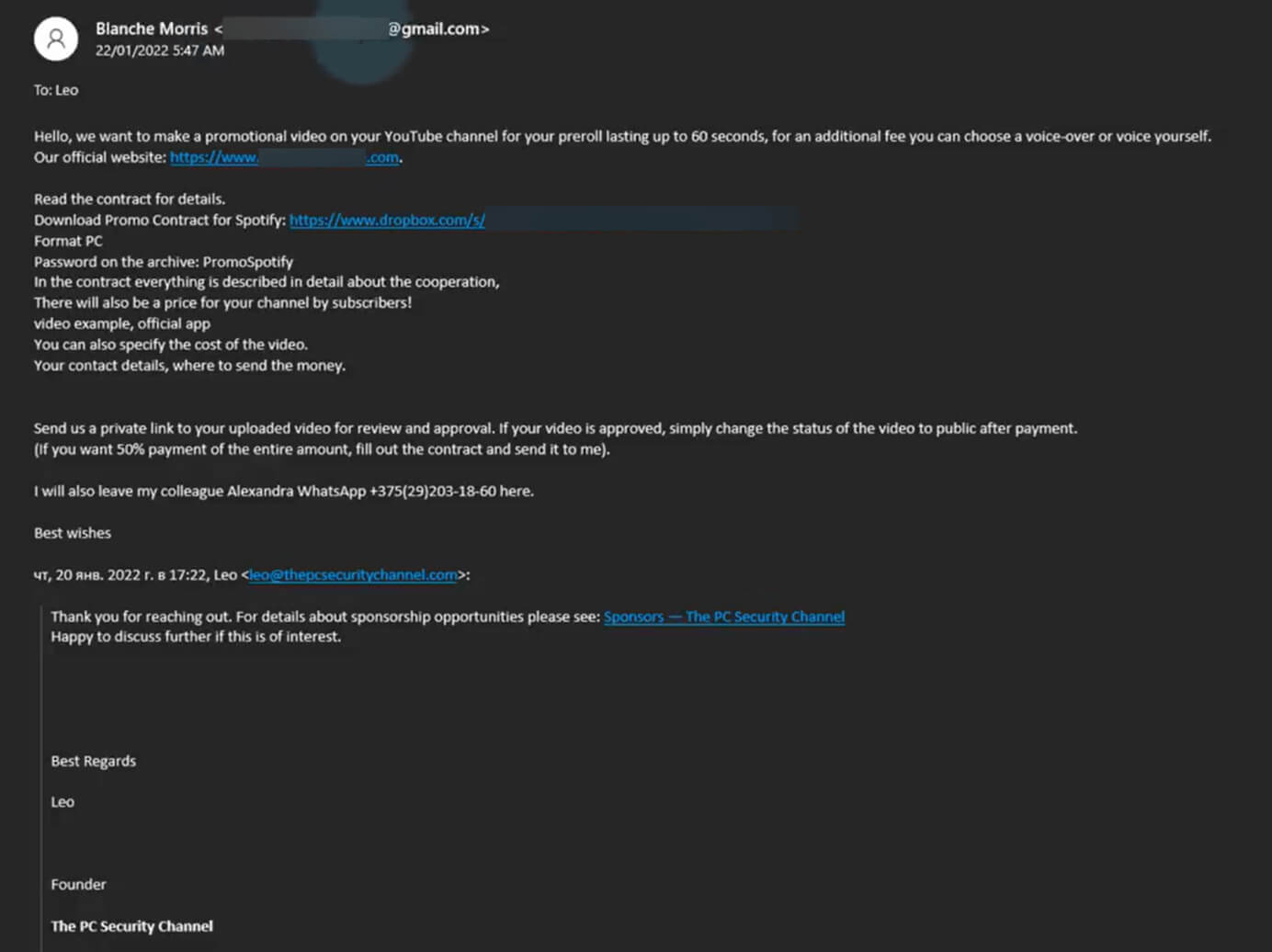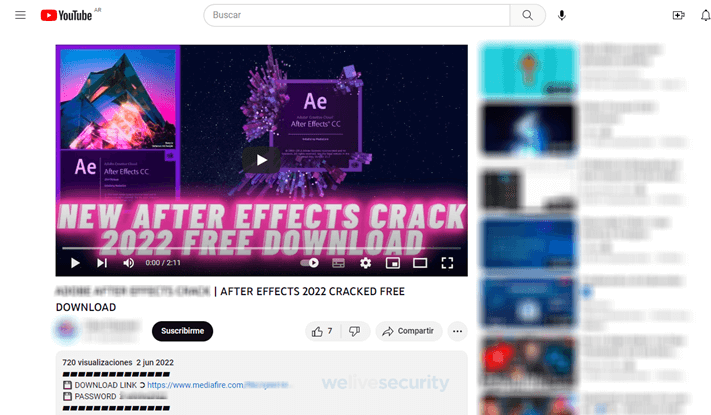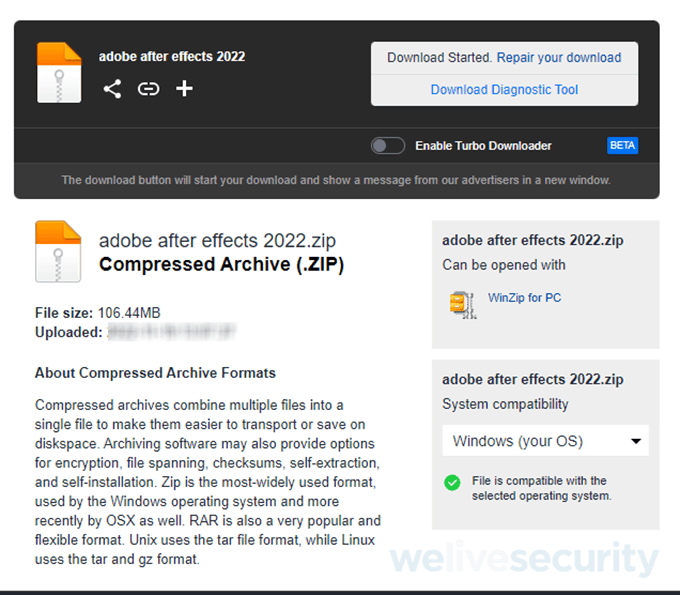YouTube Scams: How Cybercriminals Target Channels for Fraud
Scams, Social Media
Discover how cybercriminals exploit YouTube channels for scams and malware distribution, and learn how to protect yourself while watching videos on the platform.
01 Jul 2024
•
,
4 min. read

YouTube, being one of the most popular social media platforms today, is often targeted by cybercriminals for various scams and malware distribution. These fraudulent activities range from fake tutorials on popular software to crypto giveaway ads. Cybercriminals also embed malicious links in video descriptions or comments, posing as legitimate resources related to the video content.
When popular YouTube channels are stolen, the impact of fraudulent campaigns reaches a wider audience, allowing attackers to maximize their reach. These hijacked channels are commonly used to spread crypto scams and malware, often through links to pirated software, movies, and game cheats.
Victims of channel hijacking face severe consequences, from financial losses to damage to their reputation.
How Do Cybercriminals Take Over YouTube Channels?
Phishing is a common method used by attackers to gain access to YouTube channels. By creating fake websites and emails that appear to be from YouTube or Google, cybercriminals deceive users into revealing their login credentials. In some cases, attackers offer fake sponsorship deals to lure victims into clicking on attachments or links that lead to compromised accounts.
Attackers may also exploit vulnerabilities in the authentication process, especially when accounts are not protected by two-factor authentication (2FA). Despite the mandatory use of 2FA for content creators since late 2021, attackers find ways to bypass security measures, as seen in the breach of high-profile channels like Linus Tech Tips.
In addition to phishing, attackers utilize stolen credentials from past data breaches or employ brute-force attacks to compromise accounts. By leveraging weak passwords and lack of 2FA, cybercriminals gain unauthorized access to YouTube channels.

Recent reports highlight a surge in cybercriminals hijacking popular YouTube channels to distribute malware such as RedLine Stealer, Vidar, and Lumma Stealer. These infostealers target sensitive information, including crypto wallets and login credentials, posing a significant threat to users.


Furthermore, cybercriminals exploit compromised Google accounts to post thousands of videos containing malware, leading to widespread infections across various platforms.
Protecting Yourself on YouTube
Follow these guidelines to enhance your security on YouTube:
- Use strong and unique login credentials
Generate robust passwords and avoid reusing them. Consider using authentication methods like passkeys provided by Google for added security.
Implement 2FA not only on your Google account but on all your accounts, preferably using authentication apps or hardware keys.
- Exercise caution with emails and links
Be cautious of suspicious emails claiming to be from YouTube or Google, especially if they request personal information. Avoid clicking on unknown links or downloading attachments from unverified sources.
- Keep your software updated
Regularly update your operating system and software to safeguard against known vulnerabilities.
- Monitor your account activity
Check your account regularly for any suspicious activity. If you suspect a security breach, refer to Google’s guidance for assistance.
Stay informed about the latest cyber threats on YouTube to protect yourself from potential scams.
- Report and block suspicious content
Report any harmful content or users to YouTube and consider blocking them to prevent further contact.
Utilize multi-layered security software across your devices for comprehensive protection against online threats.




